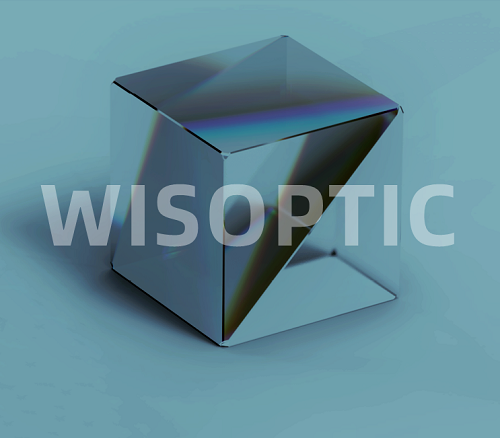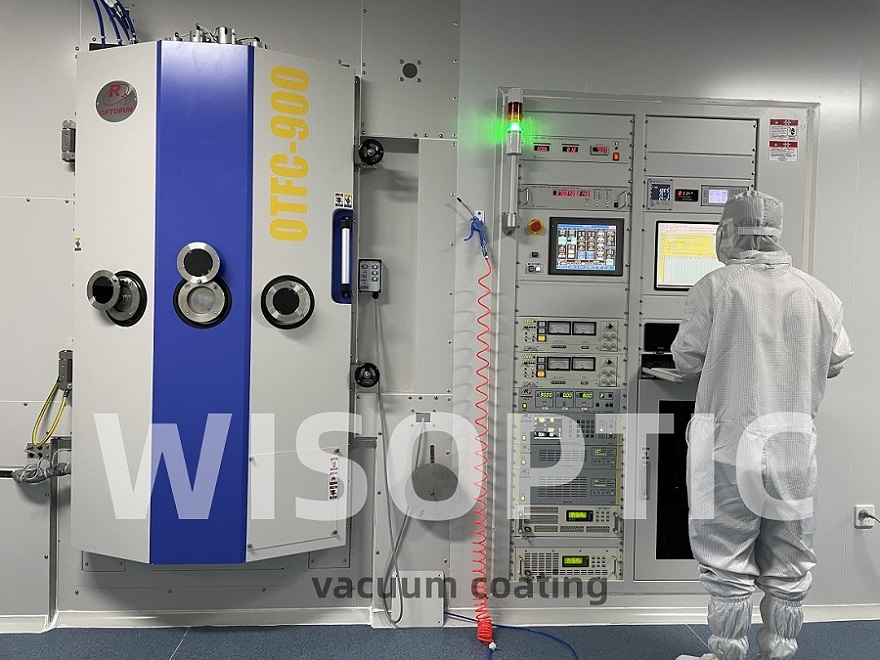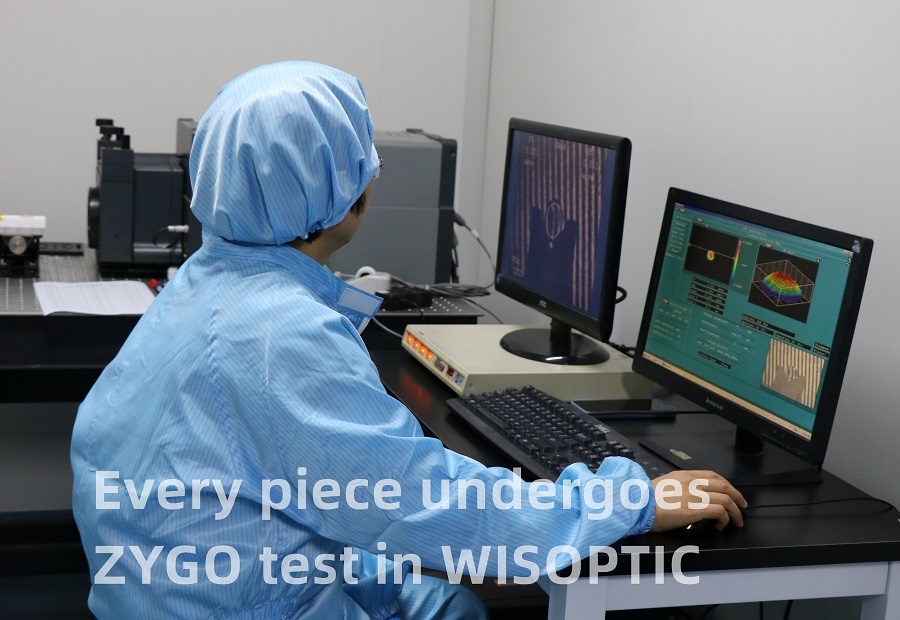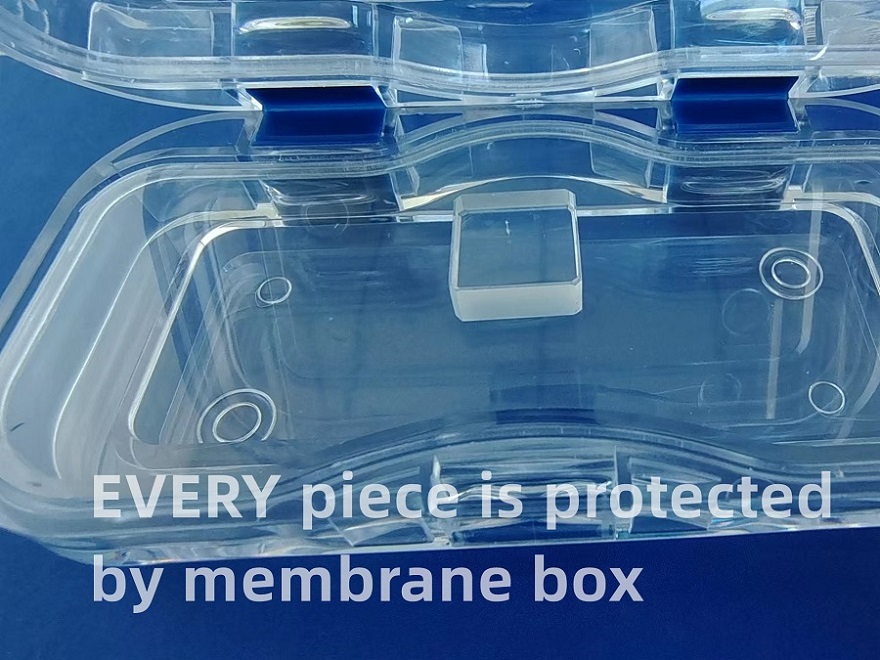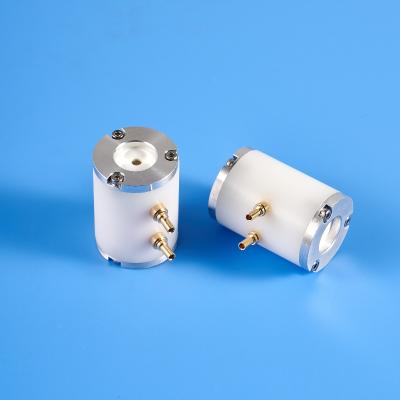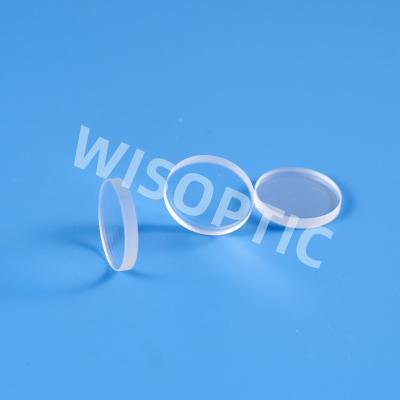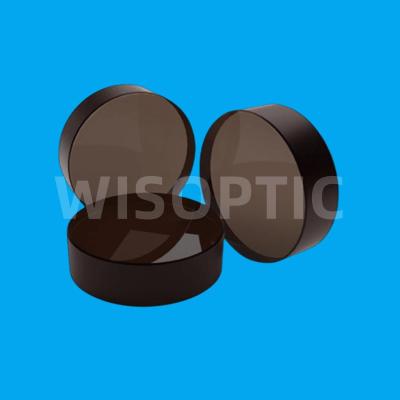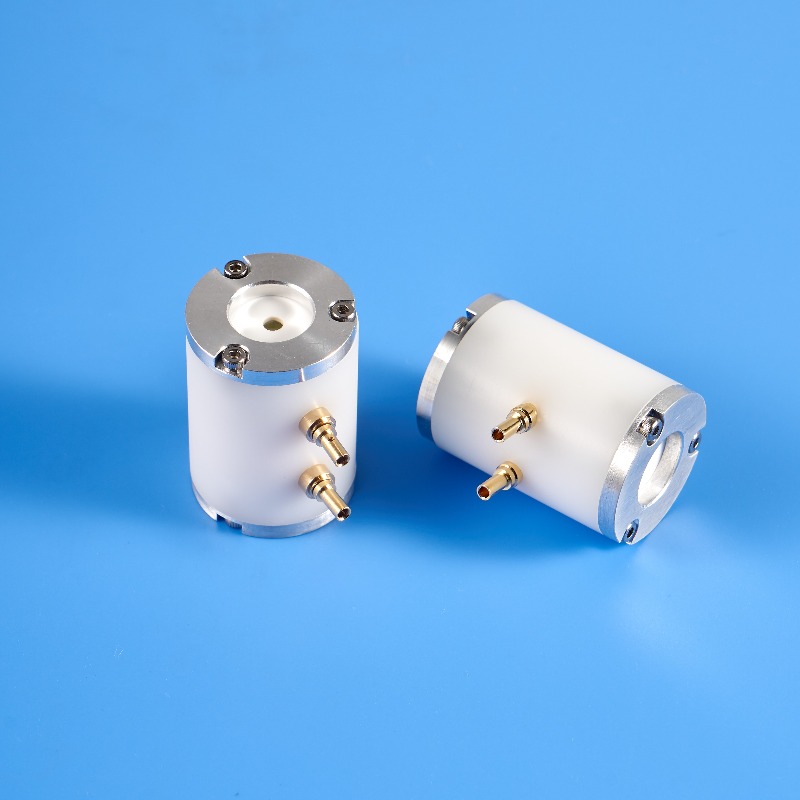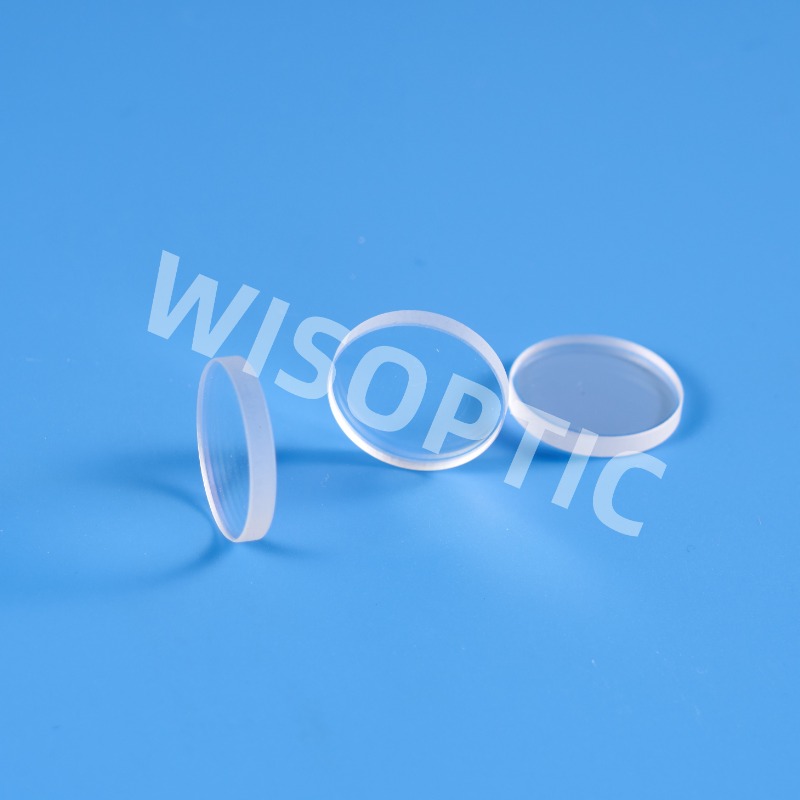Optical BK7, Fused Silica, VIS, NIR Cube PBS
Available in Sizes Ranging From 5 mm to 2" (50.8 mm)
Five Wavelength Ranges Available
High quality (precision) coating with high LIDT
High laser resistivity>15J/cm2 @1064nm,10ns (300 times higher than the glued type)
Bandwidth: 60nm @center wavelength of 248nm (Ratio to plate type: 25 times higher)
Two-wavelength type polarizers are also available (1064/532nm, 1064/355nm, 532/266nm, …)
Optical beamsplitters play a vital role in many laser-based
measurement and positioning systems. Although the operation of a typical
beamsplitter is conceptually simple, its performance characteristics
can dramatically affect the accuracy and repeatability of the overall
system. Consequently, understanding the variables that distinguish
beamsplitter performance is an important step in comparing and
specifying components. There are two basic types of beamsplitters:
Non-polarizing beamsplitters (NPBS): This type of splitter is used to divide (split) a beam into two beams and each output beam is a fraction of the incoming beam regardless of the polarizations. Non-polarizing beamsplitters are used in a variety of applications in optical instrumentation to distribute fractions of a laser beam to other optical sub-assemblies. The listed split percentage tells you the percentage of power of the beam that is split off (reflected) of the main path. The split path is typically at 90 degrees to the main path.
Polarizing beamsplitters (PBS): This type splitter is used to separate the S- and P-polarization components of a beam. Polarizing beamsplitters are used in a variety of applications including optical instrumentation, laser interferometry, and biomedical applications. Polarizing beamsplitters typically come in cube form but custom geometries are available as well.
The performance of the beamsplitter is determined by the quality of the glass, the optical surfaces, and the optical coatings that are used. To select a suitable beamsplitter, you need to consider the form-factor, glass-homogeneity, coating, transmission range and damage threshold.
WISOPTIC offers both cube PBS and plate PBS for a variety of wavelength ranges and power handling requirements. In addition, birefringent crystals, Brewster windows, and waveplates are also available for high laser damage threshold requirements.
Material | N-BK7(H-K9L), H-ZF3, fused quartz |
Diameters / Tolerance | 0.5×0.5×0.5mm~50×50×50mm / ±0.2 mm |
Extinction Ratio | Single band: >1000:1 |
Clear Aperture | > 90% of central area |
Surface Quality | < 40/20 [S/D] |
Flatness | < λ/10 @ 632.8 nm |
Parallelism | ≤ 10” |
Transmitted Light Deviation | <±3 arcmin |
Reflected Light Deviation | 90°±3 arcmin |
Transmission Ratio | Tp>95%,Ts<1% |
Reflection Ratio | Rs>99.5%,Rp<5% |
Chamfer | Protective chamfer @ 45° |
Coating Wavelength (nm) | Single band: 488, 532, 632.8, 650, 808, 850, 980, 1064, 1310, 1550 |
Laser Damage Threshold | 15 J/cm² @ 1064 nm, 20 ns, 20 Hz |

